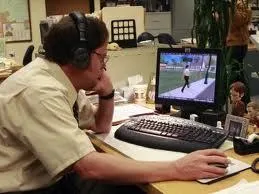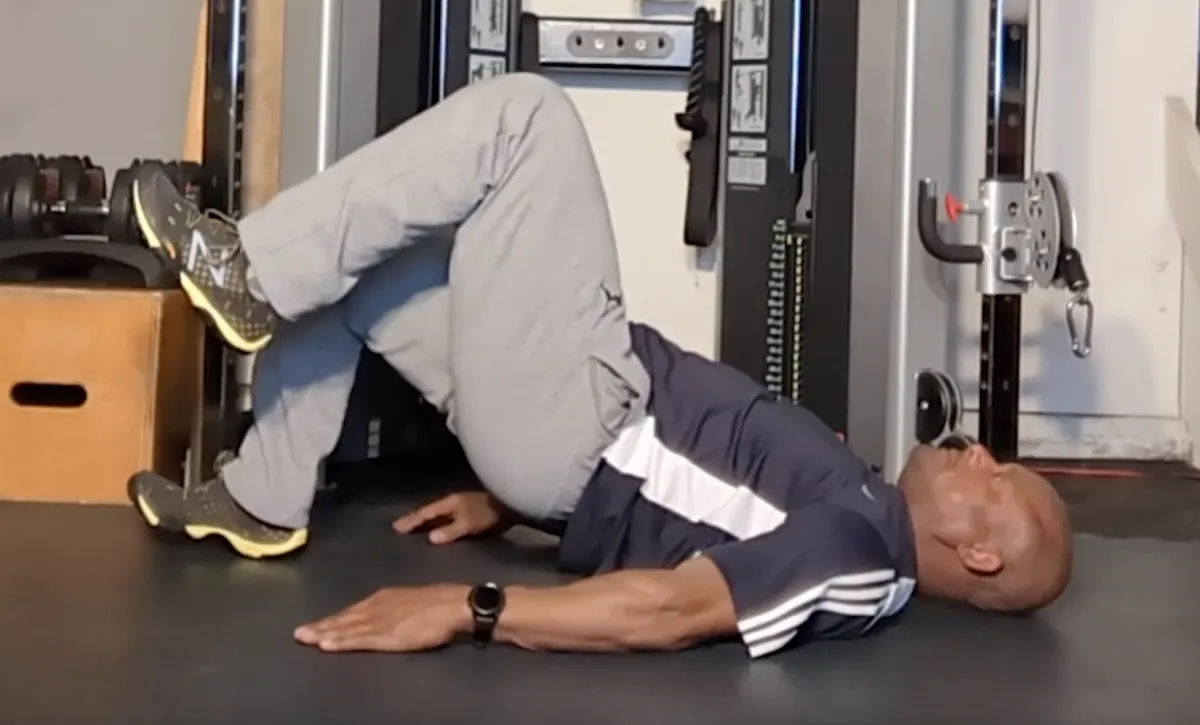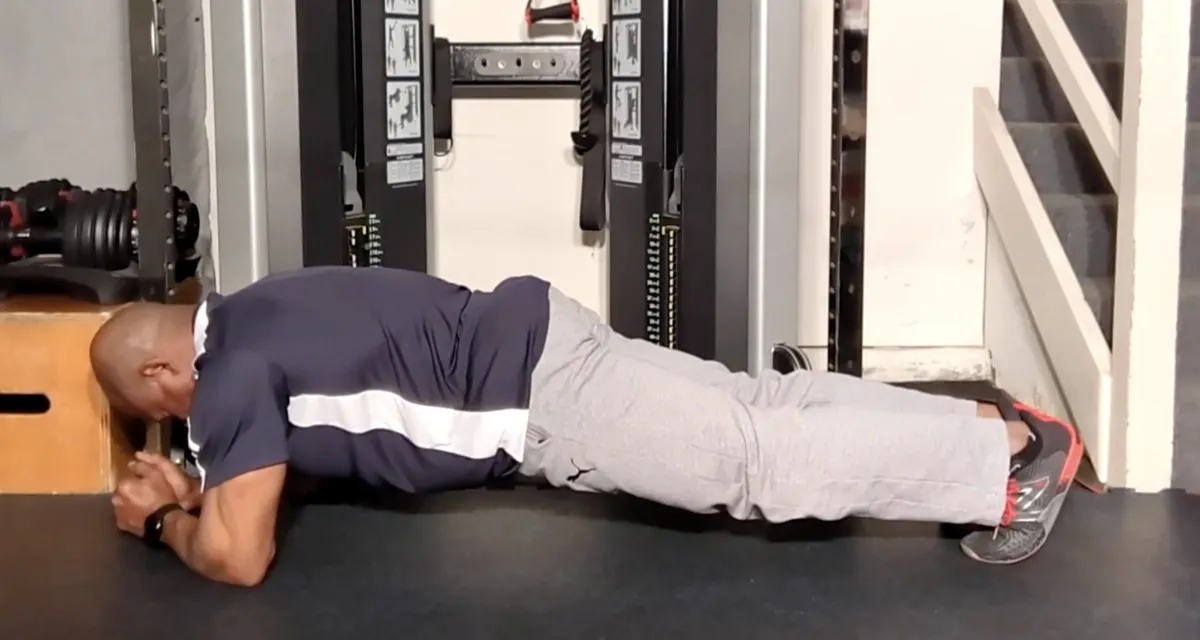
RESOURCES

5 Everyday Habits That Could Be Causing You Hip and Lower Back Pain
If you’re struggling with hip and lower back pain, you might assume it’s due to an injury or aging. Believe it or not, many cases of chronic discomfort stem from everyday habits that put unnecessary strain on your body. The way you sit, stand, move, or even sleep can contribute to pain over time.
Worry not -- By identifying and changing these habits, you can prevent and relieve pain before it becomes a bigger issue. Here are five common everyday habits that might be the hidden culprits behind your hip and lower back pain—and what you can do to fix them.

1. Sitting Too Much
Why It’s a Problem
Sitting for long periods—especially with poor posture—causes your hip flexors to tighten and your glutes to weaken. Over time, this imbalance pulls on your lower back, leading to stiffness, discomfort, and even chronic pain.
How to Fix It
Take frequent breaks – Stand up and move every 30-60 minutes.
Use a supportive chair – Sit with your feet flat on the ground, knees at a 90-degree angle, and a cushion to support your lower back.
Incorporate standing or walking periods – Try a standing desk or go for short walks throughout the day.
2. Poor Posture
Why It’s a Problem
Slouching or hunching over—whether at a desk, while driving, or looking at your phone—disrupts your spinal alignment. This forces your lower back and hips to compensate, leading to muscle strain and discomfort.
How to Fix It
Sit with good posture – Keep your back straight, shoulders relaxed, and feet flat on the floor.
Align your screen – Position your computer or phone at eye level to prevent hunching.
Engage your core – A strong core supports better posture and reduces strain on your lower back.

3. Sleeping in the Wrong Position
Why It’s a Problem
The way you sleep can either support spinal alignment or make pain worse. Sleeping on your stomach, for example, forces your lower back into an unnatural arch, while sleeping in a curled-up position can tighten your hip flexors.
How to Fix It
Sleep on your back or side – Use a pillow under your knees (back sleepers) or between your knees (side sleepers) to maintain proper hip and spine alignment.
Invest in a good mattress and pillow – A medium-firm mattress provides the best support for your lower back.
Stretch in the morning – Loosen up tight muscles with gentle foam rolling and stretching after waking up.

4. Wearing Unsupportive Shoes
Why It’s a Problem
Shoes that lack proper support—like flip-flops, high heels, or worn-out sneakers—can alter your posture and walking mechanics. This affects the alignment of your hips and lower back, leading to pain and discomfort.
How to Fix It
Choose supportive footwear – Opt for shoes with good arch support and cushioning.
Limit high heel use – If you must wear heels, try a lower, more stable option.
Replace old shoes – Worn-out soles can contribute to poor alignment and pain.

5. Avoiding Movement and Exercise
Why It’s a Problem
When you experience hip or lower back pain, you may be tempted to avoid movement. However, inactivity leads to muscle weakness, stiffness, and reduced mobility, making the pain worse over time.
How to Fix It
Incorporate gentle movement – Try walking, yoga, or swimming to keep your hips and lower back flexible.
Strengthen key muscles – Focus on core, glute, and hip-strengthening exercises to support your lower back.
Stretch regularly – Loosen up tight muscles with hip flexor, hamstring, and lower back stretches.
Many cases of hip and lower back pain aren’t caused by injuries but by everyday habits that slowly contribute to discomfort. The good news? Small adjustments—like improving posture, adding movement, and choosing supportive footwear—can make a big difference in reducing and preventing pain.
If you’ve been dealing with persistent discomfort, take a close look at your daily routines. A few simple changes could be the key to feeling better and moving with ease again!
Remember, the quality of your life is directly proportional to well your body functions!
Sheila Mann's Testimonial
Sheila Mann doing Suspension Strap Push-ups on an elevated Single Leg.
Just another Saturday Workout Part 2
Spray Tan Fitness
Dreams or Goals
Intro to Self-Myofascial Release
Self Massage using the Energy F X Tube (Upper Body)
Self-Massage for Lower Body using Energy F X Tube (IT Band , Glutes)
Level 3
This is our advance level. In this level you will be asked to increase the challenges to your strength, balance and to some degree, your conditioning. We continue to focus on the major joints of the body (hips, shoulder, and knees) with the added challenge of resistance. This level also includes the added challenge of coordination, as many movements require the integrated movement of both upper and lower body.

Level 4
This is our premium level. In this level you will be asked to significantly challenge your body through increased demands on your functional core strength in movements that will significantly challenge your balance and strength simultaneously. Here we will ask you to begin to optimize your balance, core activation, and improved range of motion in a functional aspect – integrated movement of both upper and lower body, but at a higher level of accountability.

